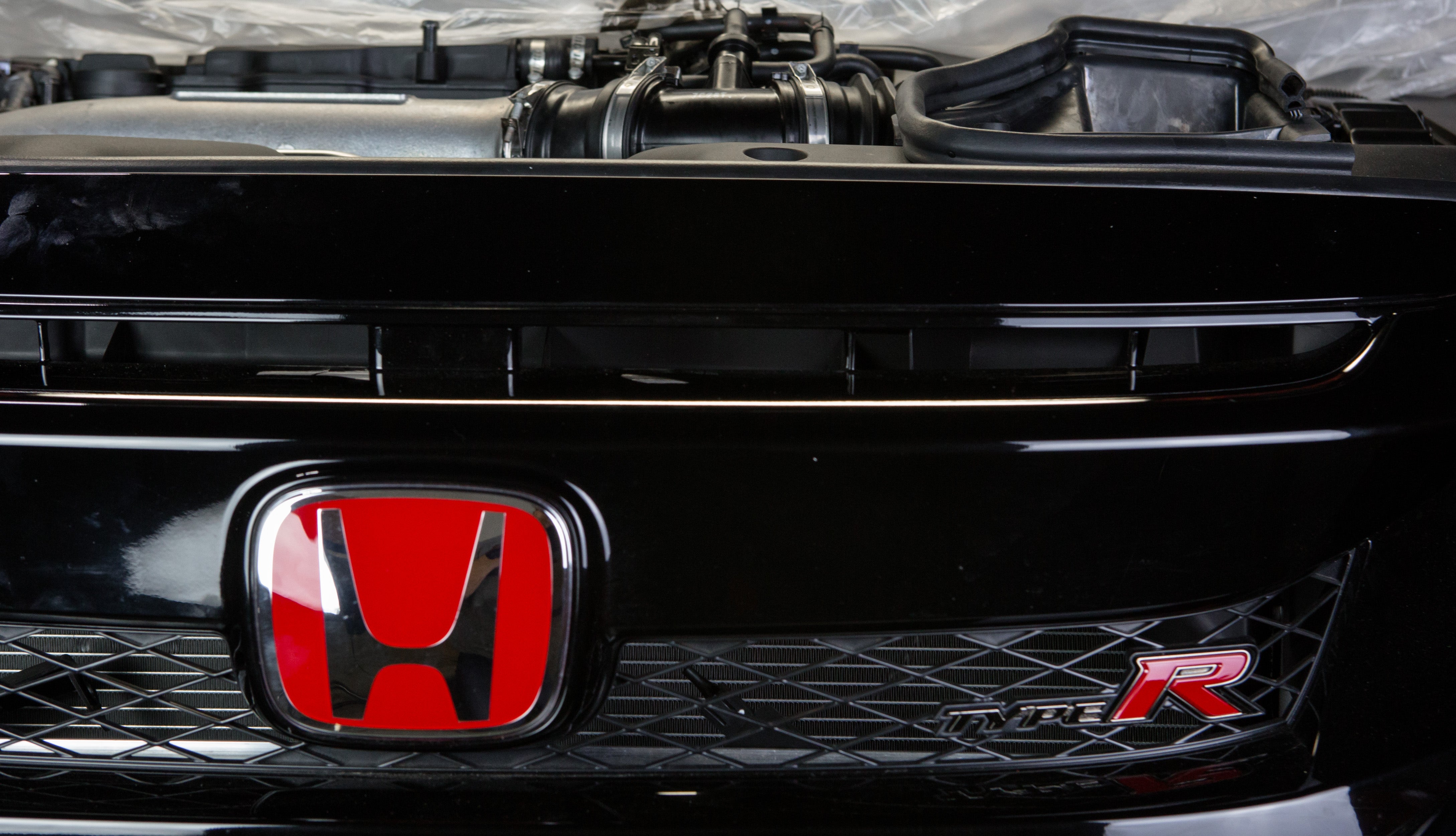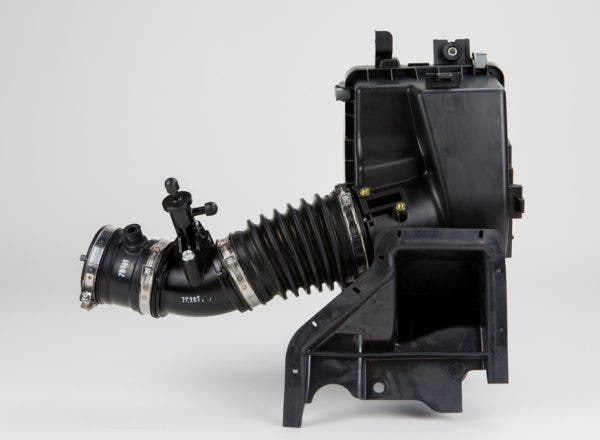
Heavy Breathing - 2017+ Honda Civic Type R Performance Intake R&D, Part 1 - Stock Review
66 out of 100. That might not sound too impressive, but when it comes to the top 100 Nürburgring lap times, any manufacturer would be honored to even make the list. 66 is where the current Civic Type R sits with a time of 7:43.8, making it the fastest front wheel drive car to hit this notorious 12-mile stretch of track. If you scroll though the list, you'll only be able to find a few other FF cars peppered in with all of the Porsches, Bimmers, and countless exotic hypercars. You might also notice that the CTR has made back-to-back appearances in the top 100, which is an impressive feat for any company that isn't Porsche apparently. By this point though, I'm sure you've all already heard the news about the record setting lap time. What the world of new CTR owners want to know is, "How do I make it faster?"
With Honda's K20C1 delivering power figures of 298HP and 304ft-lb of torque from the factory, one would assume that this hardcore Civic is nothing but maxed out. However, in the name of assembly costs, and comfort to the end consumer, the Type R was equipped with a few restriction points. Two of our top three projects for the CTR involve removing those restrictions, including the intercooler and airbox.

An aerial view of the stock intake system on our Type R.

The rubber and plastic half of the stock induction hose. We'll get to more on this later.
The Type R's stock intake is a well-thought-out breathing apparatus for the 2.0L turbo. Typically, when we open the hood to start working on intake projects, we're faced with a combination of rubber and plastic as housing to send the air to the turbo. This is the Civic's cream of the crop, though, and Honda minimized their use of these materials. Between the turbo and the rubber boot, the engineer utilized an aluminum intake hose, which makes for a smoother flow of air. In addition, the metal construction does wonders for the durability of the system.

Honda included an aluminum section to the stock intake system, which greatly improves not only the performance, but the overall durability as well.
Since Honda pulled out all the stops for the CTR, we only need to focus on what's attached to the end of the aluminum intake pipe. Clamped on is a rubber boot separated by a plastic elbow, all leading to the airbox, which is seemingly affixed to the front bumper. The aerodynamics are half of what makes this car so quick around the ring, so Honda didn't want to waste any of the airflow passing through the multitude of slots and grilles incorporated into the design. To capture all this precious airflow, a rubber boot"or snorkel"is fixed to the top bumper panel with some serious weather stripping to make sure that some the air flowing over the engine bay is funneled through the filter. To get a closer look at the stock airbox, we decided to remove it.

Once we removed the stock airbox, I was immediately reminded of middle school band class. While strange, Honda had their reasons for the distinct shape.

The top view of the airbox once it's removed from the car. The slim width of the box might lead to some creative solutions once we get into designing our box.
I have to say this might be the most peculiar looking airbox I've come across. The box's profile, with the rubber boot still attached, is reminiscent of a French horn. The unique shape of the box is thanks to a few different reasons. First, while the CTR is a serious asphalt devouring track monster, Honda intended it to be comfortable for everyday driving as well, which means sticking to the stringent noise, vibration, and roughness tests. One of the common byproducts of these assessments is an air straightener, most used to muffle the sound of the intake air, something the everyday driver might find as a necessity, but a restriction to performance and the full experience of the car.

This grid system is commonly known as an air straightener. These pegs are meant to smooth out the air and suppress any sort of noise that comes from your K20 gulping pounds of fresh air. It creates a restriction in the flow, and not many sports car owners want their flamboyantly styled Civic to be quiet.

When it really comes down to it, this panel filter is the real reason the airbox has its shape. Unfortunately, it's not usually in most manufacturers' interests to equip their vehicles with cone filters from the factory, even when it's their top-of-the-line hot hatch.
The airbox's shape is also due to Honda's choice in filter style. The flat panel air filter is the first, and in a majority of manufacturers, the only choice when it comes to intake filtration, mostly because they're fairly cheap to produce and only require a slight maintenance obligation from the owner. However, the fresh air now has to enter through the bottom of the airbox and pass up through the filter before travelling to the engine, which explains the rubber snorkel.

The stock induction hose serves not only as a coupler between the airbox and the metal induction pipe, but also as a home for emissions equipment such as the EVAP valve.

Honda keeps with this "accordion" style hose as part of their intake system because it's not only cheap to produce, but can bend and stretch as needed as the engine shifts around under the hood. While it serves its purpose well, there are still some drawbacks.
After passing through the MAF housing, this fresh, and now filtered, air has to travel through the only other bits of plastic and rubber before entering the aluminum section of the intake. Unfortunately for the sake of performance, it needs to pass through an accordion-style rubber hose, plastic elbow, and another rubber coupler before it can get there. These materials are known for wearing and degrading over time, and the interior texture of the hose is detrimental to the uniformity of the airflow.

The biggest drawback to this style of hose, other than the material is known to wear out, is the shape. It makes for flexing with all of the engine's movements a breeze, but the variation breaks up the uniform flow of the air.

Ye using our Faro Design ScanArm to create a 3D model of the stock intake system and uncover all its secrets.
While, on the whole, the CTR's stock airbox is fit to fill the role of daily driver and track king, it unfortunately still suffers from these few weaknesses. Luckily, our intake guru, Ye, is on the case and honing in on these shortcomings to help unleash the Type R's full potential. Be on the lookout for the next post containing some seriously techy stuff from our flowbench testing.

Steve took some time to help out with some of our flowbench testing, which we'll dive more into in the next installment.
Thanks for Reading!
-Nick




